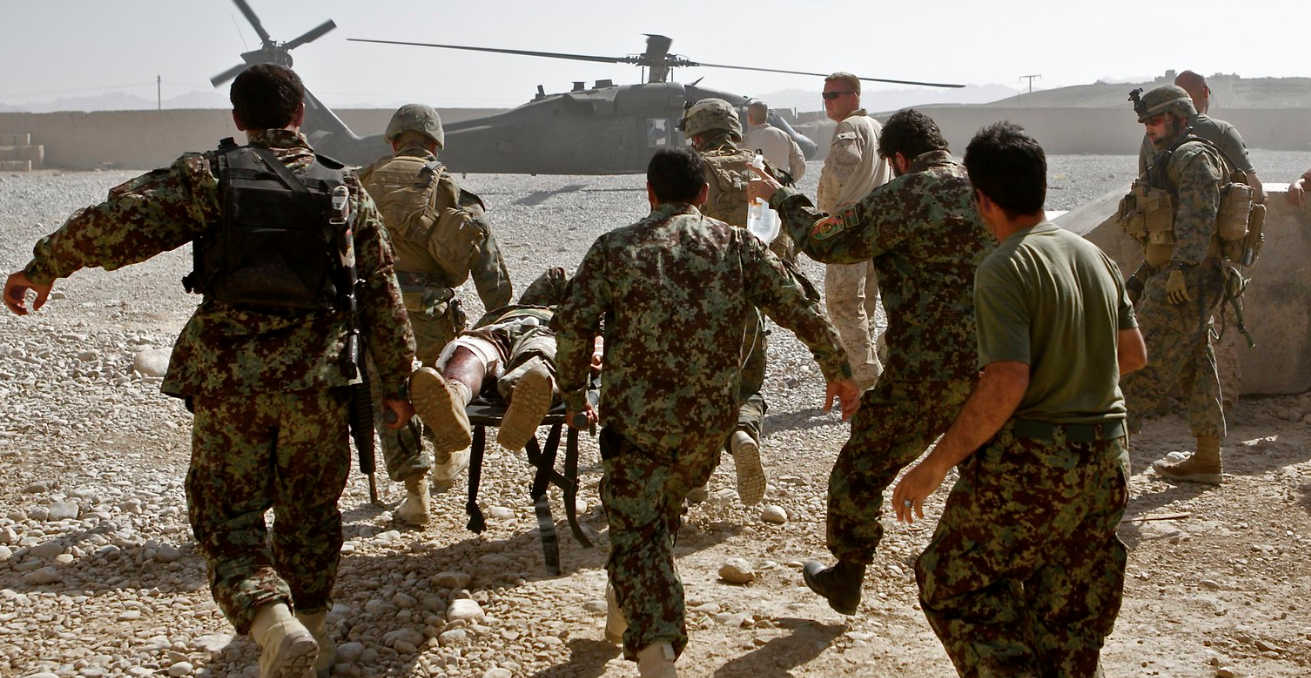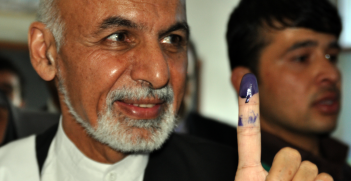The US-Taliban Peace Deal

The US-Taliban peace deal marks a triumph for the militia. The road to a final comprehensive political settlement faces major hurdles that could easily unravel the whole process.
The peace deal enables the US to make a military exit from Afghanistan, fulfilling President Donald Trump’s presidential election year promise, but it also places the Taliban in a stronger bargaining position. Under the deal, the US has agreed to a phased withdrawal of all foreign forces from Afghanistan within 14 months and release of 5,000 Taliban prisoners by the Afghan government. This is in return for the Taliban’s promise not to allow Afghan soil to be used for hostile actions against the US and its allies, to free 1,000 Afghan soldiers from captivity, and to open dialogue with other Afghan parties, including the government (which the Taliban have rejected so far as a “puppet”) for a final settlement.
However, President Ashraf Ghani has now raised the first hurdle by stating that any prisoner swap would need to be part of his government’s negotiations with the Taliban, which are supposed to start by 10 March. Ghani’s objection comes at a time when Afghan politics is in deep turmoil, and he faces a serious legitimacy problem.
The Independent Election Commission of Afghanistan recently declared Ghani as the winner of the 28 September 2019 presidential election on the basis of an extremely limited public support. Although 9 million people had registered to vote out of a population of 37 million, only 1.8 million actually cast their votes, with Ghani winning less than 1 million of them. His main rival, Abdullah Abdullah, along with other candidates, has rejected Ghani’s win as fraud and has promised to form his own parallel government. Ghani’s win has not, so far, been formally recognised by any other government apart from that of India. At the urging of the US Special Representative for Afghanistan Reconciliation, Zalmay Khalilzad, who signed the US deal with the Taliban after 18 months of negotiations, Ghani has postponed his swearing-in ceremony.
For Ghani’s government to lead negotiations with the Taliban, it needs to assemble an all-inclusive delegation representing the mosaic political and social makeup of Afghanistan. It has had enormous difficulty in achieving while his objective in the past and there is no certainty that it can master it now. The Taliban knows this. While enjoying their elevated status as America’s peace partner rather than terrorist enemy, they would be happy to exploit Ghani’s weakness and internal divisions by blaming Kabul for any breakdown in advancing the process of negotiations.
The US is now between a rock and a hard place. On the one hand, it has to pressure the Ghani government, which lacks the necessary public support and credentials, to negotiate with the Taliban effectively. On the other hand, it would be in Trump’s re-election interest to keep the Taliban on board. If the US presses the Ghani government too hard, it would risk the process leading to a final settlement not being seen as Afghan owned and led. If it doesn’t, the whole settlement process could be derailed.
Meanwhile, a withdrawal of foreign forces, commencing in May with the departure of 5,300 American troops out of a total of 12,000, is bound to have a serious psychological and weakening impact and could cause panic and further political disarray in Afghanistan. This would provide enhanced opportunities for the Taliban to bid for taking over power.
A Taliban-led government may not be a replica of what the militia had instituted before it was toppled by the US nineteen years ago, but it would still be theocratic. The militia has publicly stated that they would respect certain modern changes, including the right of women to be educated and to work, that have taken place over the last two decades. But the militia has always said that these changes would be managed within the bounds of Islamic creeds as interpreted and applied by them.
The militia also wants to alter the Afghan Constitution to make it more compliant with their orthodox understanding and practice of the faith, and to change Afghanistan from an Islamic Republic to an Islamic Emirate, with Sharia as the law of the land. Further, it has intimated that it would dismantle the Afghan security forces and rebuild them according to its preferences.
The US-Taliban peace agreement has generated a considerable amount of optimism, but the road to a workable comprehensive agreement to bring peace and stability to the long-suffering Afghan people and to let the US and its allies withdraw with some face-saving is going to be very arduous with many obstacles in place to derail it.
President Trump may boost his re-election chances by bringing most of the American troops home by the November election, but the future of Afghanistan remains in the balance. The best way that the US could have moved towards a viable resolution of the Afghan conflict was to have had a publicly legitimated and strong government in Kabul to negotiate with the Taliban from a position of strength. This opportunity may have been missed.
Amin Saikal is former Distinguished Professor of Political Science at the Australian National University, author of Modern Afghanistan: A History of Struggle and Survival (2012), and co-author of Islam Beyond Borders: The Umma in World Politics (2019).
This article is published under a Creative Commons Licence and may be republished with attribution.





